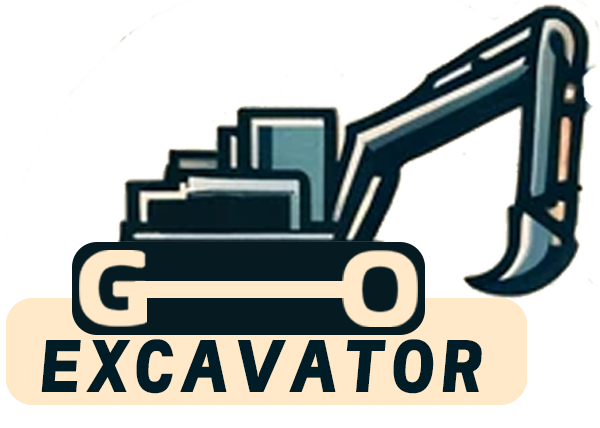
Purchasing a used excavator can be a cost-effective option for many businesses in the construction industry, but it’s crucial to assess the machine’s condition before making a deal. This guide will walk you through the steps to effectively inspect a used excavator for signs of wear and tear.
Understanding the Importance of a Thorough Inspection
Before diving into the specifics, it’s essential to understand why a meticulous inspection is vital. A well-maintained excavator can serve your projects efficiently, while a poorly maintained one can lead to unexpected repairs and downtime, increasing your operational costs.
Step 1: Visual Inspection
General Appearance
Begin by examining the overall appearance of the excavator. Look for any signs of rust, damage to the paint, and dents that could indicate rough usage or poor maintenance.
Structure Integrity
Check the undercarriage, boom, and arm for structural integrity. Pay attention to cracks, bends, or welded areas that could compromise the excavator’s strength.

Step 2: Mechanical Components
Engine and Hydraulics
Start the engine to listen for any unusual noises, such as knocking or hissing, which might indicate internal issues. Inspect the hydraulic system for leaks and test the pressure to ensure that it performs well under operating conditions.
Transmission and Gears
Check the transmission and gears for smooth operation. Manual testing can help you feel any jerks or slippage while operating the excavator.
Step 3: Operational Test
Movement and Efficiency
Operate the excavator to test its efficiency. Pay attention to the ease of movements and the precision with which it executes tasks. Test all hydraulic functions, including rotations and extensions.
Bucket and Attachments
Examine the bucket and any other attachments for wear or damage. The condition of the bucket can provide insights into how the previous owner used the excavator.
Step 4: Historical Maintenance Records
Importance of Documentation
Ask for the excavator’s maintenance records. These documents can provide a history of all the services, repairs, and replacements the machine has undergone, offering clues about its current condition.
Key Indicators
Review these records for frequent issues or significant repairs that might be red flags about the excavator’s reliability.
Conclusion: Making an Informed Decision
After conducting a thorough inspection, you’ll have a clearer picture of the excavator’s condition and its suitability for your needs. This informed decision-making process will help you invest wisely and avoid potential financial pitfalls associated with purchasing a used machine.
Tips for Negotiating
Based on your findings from the inspection, you might be in a better position to negotiate the price. Pointing out any necessary repairs or replacements can serve as leverage in your negotiations with the seller.
Final Thoughts
Buying a used excavator involves detailed inspections and understanding the signs of wear and tear. By following these steps, you can ensure that you choose a machine that meets your project needs and offers good value for your investment.
A Comprehensive Guide to Buying a Excavator Second Hand
Purchasing a second-hand excavator can be a cost-effective solution for your construction or landscaping needs. However, buying used machinery comes with its own set of challenges and considerations. This comprehensive guide will walk you through [...]
Comprehensive Guide to Hyundai Mini Excavators: Features and Prices
Mini excavators have become indispensable tools in the construction and landscaping industries. Hyundai Construction Equipment, a global leader in heavy machinery, offers a range of mini excavators known for their reliability, efficiency, and advanced features. [...]
How to Extend the Service Life of Excavator Parts
Excavators are indispensable machines in the construction and mining industries. They perform heavy-duty tasks that demand robust components and meticulous maintenance. Extending the service life of excavator parts not only reduces operational costs but enhances [...]
Kymron Excavators: Innovative, Sustainable Construction Machinery
In the dynamic world of construction and heavy machinery, Kymron has emerged as a game-changer. Specializing in advanced excavator technology, Kymron is redefining industry standards with its commitment to innovation, efficiency, and sustainability. Company Overview [...]
Bulldozer vs. Wheeled Excavator: Which Machine is Better for Moving Soil?
Moving soil is a fundamental task in construction, landscaping, and earthmoving projects. Choosing the right machinery for the job can significantly impact efficiency, cost, and project timelines. Two of the most commonly used machines for [...]
Why Are Small Excavators Favored? A Comprehensive Guide
In the world of construction and landscaping, efficiency and versatility are key. Among the myriad of machinery available, small excavators have risen in popularity. But what makes them so favored? Introduction to Small Excavators Small [...]




